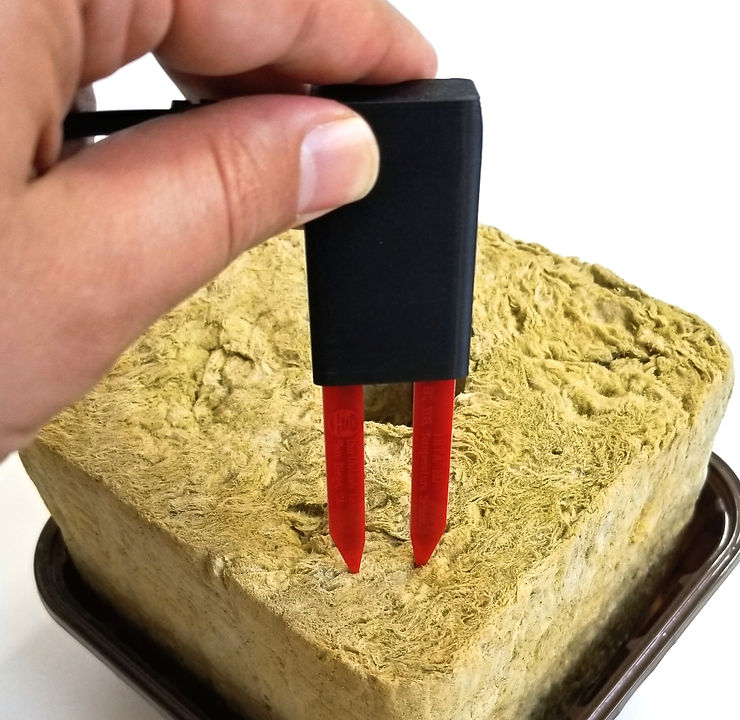For CEA Growers: Tips for Substrate Monitoring and Automation
Based on my communications and meetings with our customers on solutions for substrate monitoring and decision making in controlled environment agriculture (CEA), I have identified a numbers of important areas to briefly discuss:
1) Sensor quantity optimization
Most growers do not need a lot of sensors to monitor their grow rooms. There are good ways of determining the optimum number of sensors required for different applications. In addition to an unnecessarily high cost, a large number of sensors in one facility can create serious design, installation and maintenance headaches for different parties involved.
More data does not translate into better insight or decision-making unless we know how to deal with “big data”. Large amount of data that grower does not know what to do with leads to frustration and mistrust in the technology.

More data does not translate into better insight or decisions unless we know how to deal with “big data”. Large amount of data that grower does not know what to do with leads to frustration and mistrust in the technology.
2) Decision support software
I tend to distinguish between a “control and monitoring software - CMS” and a so-called “decision support software - DSS”. You may also hear SCADA (supervisory control and data acquisition system), which is a different story and not meant for agricultural application.
DSS is much more than programming and alerts that pop up. It involves science, and includes algorithms and crop models that can help with decision-making. A programmer/software engineer can develop CMS, but it takes a team of programmers and scientists to develop a DSS.
A programmer/software engineer can develop a monitoring software - MS, but it takes a team of programmers and scientists to develop a decision support software - DSS.
3) Precision irrigation scheduling
That is the part that most people take it wrong. It is different for indoor and outdoor plants, but in general, it is the act (or art) of precise “timing and regulating irrigation water application in a way that will satisfy the water requirement of the crop without wasting water, energy, and plant nutrients or degrading the soil resource.”
Sensors are key in precision irrigation scheduling. Sensors or software do not and cannot schedule irrigation for growers, because sensors are dumb! It does not matter how sophisticated the monitoring system is; growers need to make themselves familiar with the basics of irrigation scheduling and sensor data interpretation.

4) Bulk EC measurements
As far as I am aware, there are no established/recommended scientific methods for using bulk EC measurements for nutrients management in most plants. A combination of research and experience is required to make sense of bulk EC readings.
Some sensor brands in the market convert bulk EC to pore water or saturation extract EC; however, these are estimates using empirical models and there are usually significant estimation errors. It would be very difficult for a grower to make sense of such estimations. That being said, bulk EC measurements can provide invaluable insight into your plant health if you know how to use interpret them.

5) Which wireless solution works better? LoRa, WiFi, Bluetooth or cellular?
The answer is one-to-many architecture is perhaps the best approach with respect to wireless communication.
Existing wireless technologies like LoRa, Bluetooth LE, WiFi or ZigBee can be used to collect in-field data. In this case, data could be transmitted in-and-out of the field through existing communication infrastructure like a traditional cellular network (e.g. 3G, 4G, 4G) or LAN. Alternatively, private or public LPWAN solutions such as LoRaWAN gateways, cellular IoT, or satellite modem can be used to push data to the cloud.
For example, you can have a network of substrate moisture sensors in the field equipped with radios (aka wireless sensor nodes). They wirelessly report their measurements back to a datalogger (or gateway) installed in a corner of the field at no cost. The datalogger can use a satellite modem and data plan to send data to a remote computer.
Please read this article (Using the Power of IoT to Improve Irrigation Water Management) for more information on potential wireless solutions.


Comments
Post a Comment